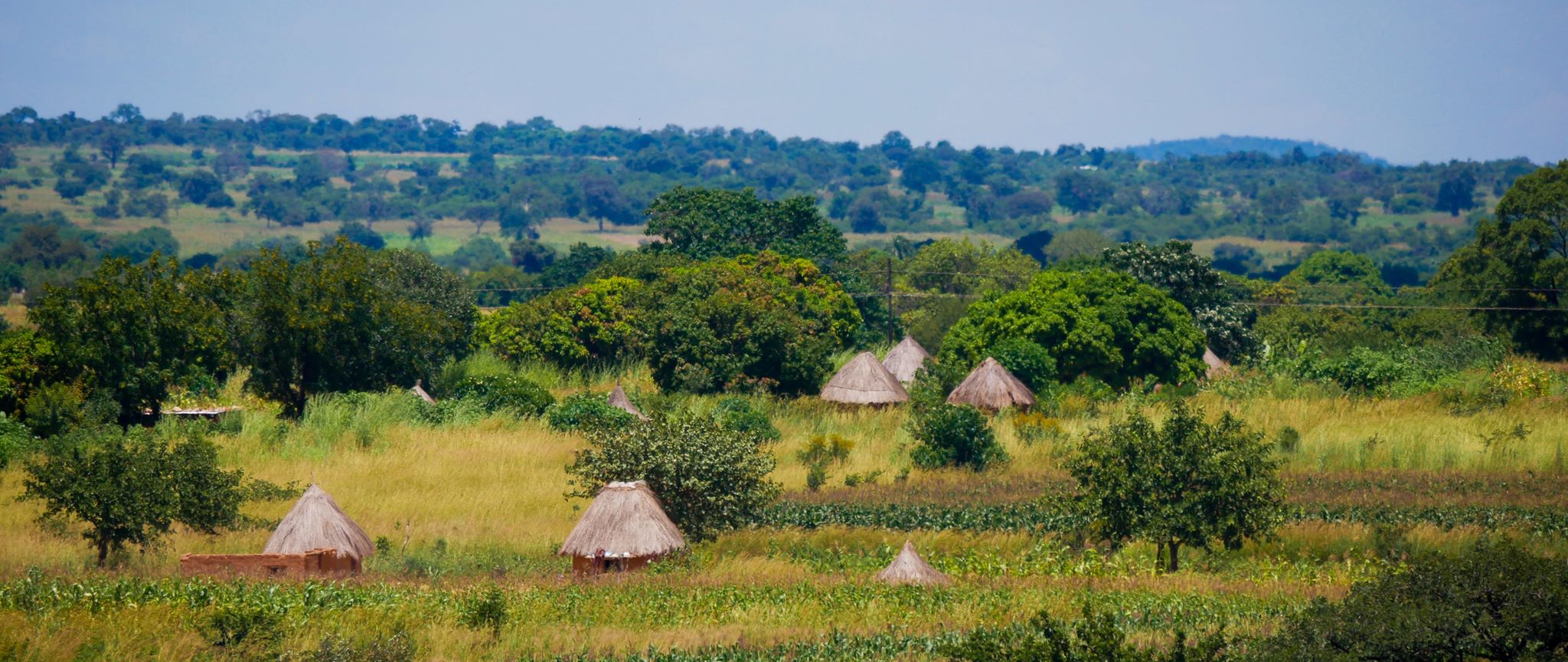What a fantastic overview of health care in Zambia from Thando, one of our scholars. Thando has written some great pieces for us over the past few months- be sure to check out her other work and the great work of our other scholars and ambassadors here on our blog!
Health care is generally accepted to be one of the key indicators of social development in society; to improve healthcare is to improve the standard of living of people. Zambia, in my opinion, can do more towards the betterment of its healthcare services. According to a recent study, it was discovered that less than 3.4% of the country’s GDP was spent on healthcare – a staggeringly low amount.
To start with, health institutions such as hospitals and clinics have limited resources. Modern equipment and medicines, although expected to be readily available in these institutions, are just not there. My recent experience at the local hospital serves as an example of just how bad the current situation is. I had a terrible case of malaria and went to the clinic with the hope of getting malaria drugs. To my disappointment, the clinic’s pharmacy did not have the medicine. This, to me, came as a shock because malaria is endemic in Zambia and, therefore, it is only logical for every health institution to have malaria drugs.
Although the country’s government has tried to construct quite a number of medical centres in the past years, most of them are just not up to standard. The Mansa General hospital for example, although constructed to cater for 1000 patients, receives more than 4 million patients. This evidently means that facilities are limited. In addition, most medical centres are constructed in urban areas, neglecting the rural parts of the country. In rural areas, people are subjected to walking long distances in order for them to attain health care. This is not only hectic for the people but is certainly one factor that contributes to the high mortality rate in Zambia.
Another area that has led to the current poor health care sector is the lack of sufficient human resource. The poor state of health systems in Zambia is certainly one of the red flags to medical professionals. According to an article in the Lusaka times, there is a shortage of 3000 doctors in Zambia. With four medical universities and sixty approved nursing schools, many may argue that the country has enough tertiary institutions looking at its small population. However, the fact of the matter is that hospitals are always overcrowded with only a few personnel available to attend to the patients. The World Health Organisation claim that the doctor-patient ratio in Zambia is pegged at 1 doctor for every 12000 patients. This compares to a European average of 1 doctor for every 300 patients.
A significant percentage of the approximated 200 doctors produced annually leave the country in search for better working conditions and wages. This comes as no surprise looking at the terrible work conditions for medical personnel in the country. However, Zambia’s ever growing population continues to suffer because of this ‘brain wash’ – medical practitioners leaving the country to offer their services elsewhere.
The other agonising part is the issue of the poor work culture of the already limited human resource. Anyone will tell you that they have had at least one encounter with a rude nurse. It is certainly not right for patients to be treated with zero compassion by the very people who have been supposedly trained to care for them.
Zambia certainly needs to direct more effort and resources towards healthcare not only to boost social development, but also to serve as a positive example to other developing countries with even worse health care systems.


